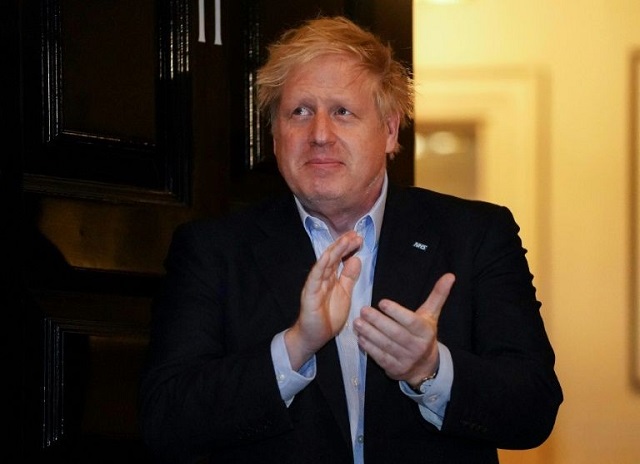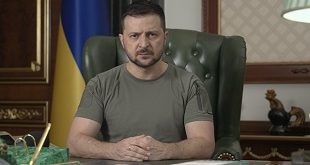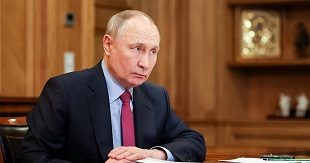
London, United Kingdom | AFP | UK Prime Minister Boris Johnson is in intensive care in St Thomas’ Hospital in London with persistent coronavirus symptoms.
Here’s how the COVID-19 crisis has unfolded for the embattled British leader.
– Early response –
The British leader has been criticised for initially not taking the novel coronavirus seriously enough — on a personal and political level.
As the outbreak began to spread beyond China through February, Johnson spent a week away from Downing Street at the government’s country estate home, Chevening, reportedly with his partner Carrie Symonds.
By early March, with more than 100,000 cases recorded globally and the World Health Organization (WHO) warning of a potential pandemic, he still appeared to be underestimating the threat.
“I continue to shake hands,” Johnson said at a March 3 press conference, after visiting a hospital ward and meeting COVID-19 patients.
Two days later, the country’s first death from coronavirus was announced.
– Slow shift –
With the number of confirmed coronavirus cases climbing over 1,000 by mid-March, the government was facing increasing pressure to step up its response.
Up to this point, Johnson repeatedly insisted that rigorous hand-washing was the best defence against contracting the virus.
On March 12, he called the outbreak — which had by then killed 10 people in Britain — “the worst public health crisis for a generation”.
But he stopped short of ordering the kind of lockdowns seen in Italy and elsewhere, and confusion remained over the country’s COVID-19 strategy.
The government said it was aiming suppress the number of cases to stagger demand on the health service.
But the government’s chief scientific adviser also suggested allowing some “herd immunity” to develop in the population was part of the strategy.
– Social distancing introduced –
On March 20, Johnson’s government dramatically escalated its response, ordering all schools, pubs, restaurants, gyms and other social venues to close across the country.
Three days later Johnson addressed the nation on television, telling Britons they should only go outside to buy food, to exercise once a day, or to go to work if they absolutely cannot work from home.
The government had by then passed legislation allowing police to fine people for failing to comply.
But Johnson and his ministers continued to conduct some meetings in person, despite reports staff in Downing Street were self-isolating after developing coronavirus symptoms.
– Johnson gets virus –
On March 27, Johnson revealed he has tested positive for COVID-19 after developing mild symptoms the previous afternoon.
The Conservative leader embarked on seven days of self-isolation, as advised by British health officials, in a flat above his Downing Street offices.
He insisted he was continuing to lead the government, chairing its daily coronavirus response meeting and posting updates to social media.
But in a sign of the extent that COVID-19 had penetrated the heart of government, Health Secretary Matt Hancock said he too had tested positive for the virus.
Chief medical officer Chris Whitty — leading the public health response to the outbreak — said he had symptoms and went into self-isolation.
Johnson was seen in public on the steps of Downing Street on April 2, joining in a public show of appreciation for healthcare workers. He looked visibly ill.
The following day, he said he would remain at home as he had failed to shake off a high temperature.
On April 4, Johnson’s pregnant girlfriend Symonds said on Twitter she had spent the past week in bed with coronavirus symptoms but had not been tested for the illness and was feeling better.
– Hospital admission –
Downing Street announced on Sunday night that after nine days of symptoms, Johnson was admitted to hospital as a “precautionary step” for further tests.
He tweeted that he was in “good spirits” on Monday lunchtime.
But just hours later his office said he had been moved to intensive care, in case he needed to use a ventilator. Foreign Secretary Dominic Raab stepped up to deputise.
On Tuesday the government said he had received “oxygen support”.
 The Independent Uganda: You get the Truth we Pay the Price
The Independent Uganda: You get the Truth we Pay the Price



Very painful moment now, over the world pandemic for attacking such leaders let our lord jesus help him !